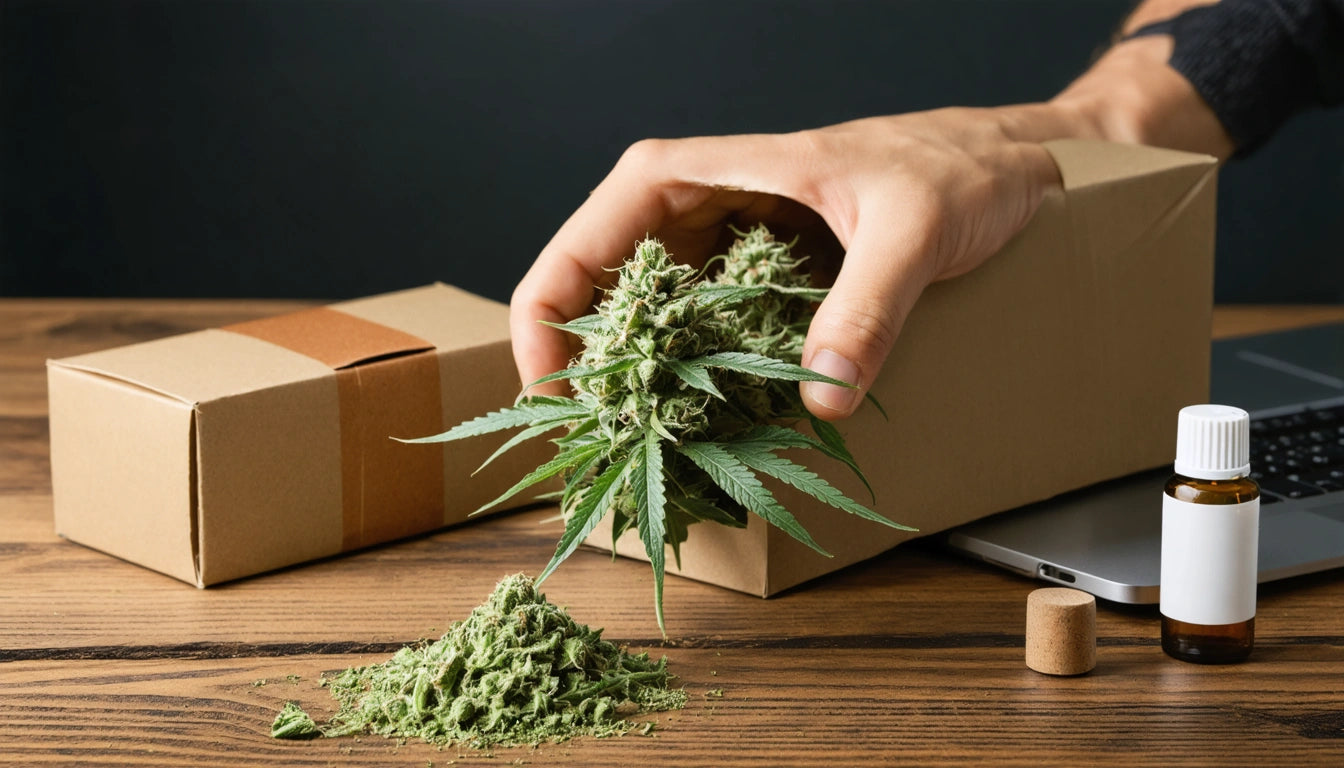Table of Contents
- Evolution of Can Lids: From Basic Seals to Modern Innovations
- Types of Beverage Can Lids: Standard, Stay-Tab, and Specialty Designs
- Food Can Lids: Soup, Vegetables, and Specialized Solutions
- Sustainability Considerations in Can and Lid Manufacturing
- Specialty Lids Market: Monster Energy and Beyond
- Measuring Precision: Ensuring Proper Lid Fit and Content Volume
- Innovations Shaping the Future of Can Lid Technology
Exploring the Variety and Uses of Can Lids for Beverages and Foods
Can lids serve as the crucial interface between consumers and packaged products, whether for beverages or foods. These seemingly simple components represent decades of engineering and design evolution aimed at improving functionality, safety, and user experience. From the standard 12 oz can lids found on soft drinks to specialized soup can lids designed for easy opening, the variety of lid types reflects the diverse needs of both manufacturers and consumers.
Evolution of Can Lids: From Basic Seals to Modern Innovations
The humble can lid has undergone significant transformation since its inception. Early cans required separate tools for opening, creating inconvenience and potential safety hazards. The introduction of the pull-tab in the 1960s revolutionized beverage packaging, though it created environmental concerns as discarded tabs became litter. The stay-on tab, developed in the 1970s, addressed this issue by keeping the opening mechanism attached to the can.
Today's beverage can lids feature sophisticated engineering that balances material efficiency with structural integrity. The standard 12 oz can lid contains significantly less aluminum than its predecessors while maintaining pressure resistance and durability. This evolution demonstrates how even small packaging components can reflect broader industry trends toward efficiency and sustainability.
Types of Beverage Can Lids: Standard, Stay-Tab, and Specialty Designs
Standard Beverage Can Lids
The most common beverage can lid design features the familiar stay-on tab mechanism. These lids are engineered to withstand internal pressure from carbonated beverages while allowing easy opening. The standard beverage can lid includes several key components:
- Score line: The pre-cut area that breaks during opening
- Tab: The lever that applies force to break the score line
- Rivet: The connection point that keeps the tab attached
- Chuck wall: The vertical wall that connects to the can body
These components work together to create a secure seal that protects the contents while enabling convenient access. The engineering precision required for these lids is remarkable, with tolerances measured in thousandths of an inch.
Wide-Mouth and Specialty Openings
Beyond standard designs, specialty beverage can lids cater to specific drinking experiences. Wide-mouth can lids, for example, provide a larger opening for smoother pouring and drinking. Energy drink brands like Monster have pioneered unique lid designs that enhance the consumer experience while reinforcing brand identity.
Food Can Lids: Soup, Vegetables, and Specialized Solutions
Food can lids face different requirements than their beverage counterparts. While beverage cans must withstand pressure, food cans often need to accommodate vacuum sealing and provide easy opening for a wide range of consumers.
Soup Can Lids and Easy-Open Designs
Soup can lids have evolved from requiring can openers to featuring pull-tab designs that eliminate the need for tools. These easy-open ends typically use a ring-pull mechanism attached to a scored lid portion. The innovation addresses accessibility concerns, particularly for elderly consumers or those with limited hand strength.
Some premium soup brands have adopted peel-off lids similar to those found on pet food containers, offering even greater convenience. These lids use a combination of aluminum and plastic films that preserve freshness while enabling simple, tool-free access.
Sustainability Considerations in Can and Lid Manufacturing
The environmental impact of can and lid production has become increasingly important to both manufacturers and consumers. Aluminum cans, including their lids, are among the most recycled packaging materials, with recycling rates exceeding 50% in many countries.
Manufacturers continue to reduce material usage through innovative designs that maintain structural integrity with less metal. The industry has also made strides in reducing the environmental footprint of manufacturing processes, with many facilities implementing energy-efficient technologies and water conservation measures.
For consumers interested in sustainability, proper disposal of cans and lids is essential. Understanding recyclability guidelines helps ensure these materials re-enter the production cycle rather than ending up in landfills.
Specialty Lids Market: Monster Energy and Beyond
The specialty beverage market has driven innovation in can lid design, with energy drink manufacturers leading the charge. Monster Energy, for instance, has developed distinctive lid designs that enhance brand recognition and improve the drinking experience. These specialized beverage can lids often feature wider openings or unique tab designs that set products apart on crowded shelves.
Beyond energy drinks, craft breweries have also embraced innovative lid designs. Some feature colorful printing directly on the lid surface, while others incorporate QR codes linking to product information or promotional content. These enhancements transform the humble can lid from a purely functional component to a marketing tool.
Measuring Precision: Ensuring Proper Lid Fit and Content Volume
Precision is paramount in can and lid manufacturing. Lids must fit perfectly to create proper seals, requiring exact measurements during production. In some industries, particularly cannabis, precise measurement extends to the contents as well. While the term "lid" has historically been used as a measurement reference in cannabis culture, modern operations rely on precise digital measurements.
For businesses requiring exact measurements, quality digital scales provide the accuracy needed for consistent packaging and compliance with regulations. These tools ensure that whether you're measuring ingredients for canned foods or contents for specialized packaging, precision remains consistent.
Innovations Shaping the Future of Can Lid Technology
The can lid industry continues to evolve with several emerging trends poised to reshape packaging in coming years. Smart packaging technologies, incorporating NFC chips or QR codes directly into lids, enable enhanced consumer engagement and product authentication. Resealable can lids, already available in some markets, address consumer desires for convenience and portion control.
Material innovations also promise to reduce environmental impact while maintaining performance. Bio-based coatings are being developed to replace traditional epoxy linings, addressing concerns about chemical migration while improving sustainability profiles. Some manufacturers are exploring alternative materials that maintain the benefits of metal lids while reducing resource consumption.
As consumer preferences and regulatory requirements continue to evolve, can lid technology will adapt accordingly. The future likely holds even more specialized designs catering to specific product categories and consumption occasions, transforming this often-overlooked packaging component into an increasingly important part of the consumer experience.











Leave a comment
All comments are moderated before being published.
This site is protected by hCaptcha and the hCaptcha Privacy Policy and Terms of Service apply.